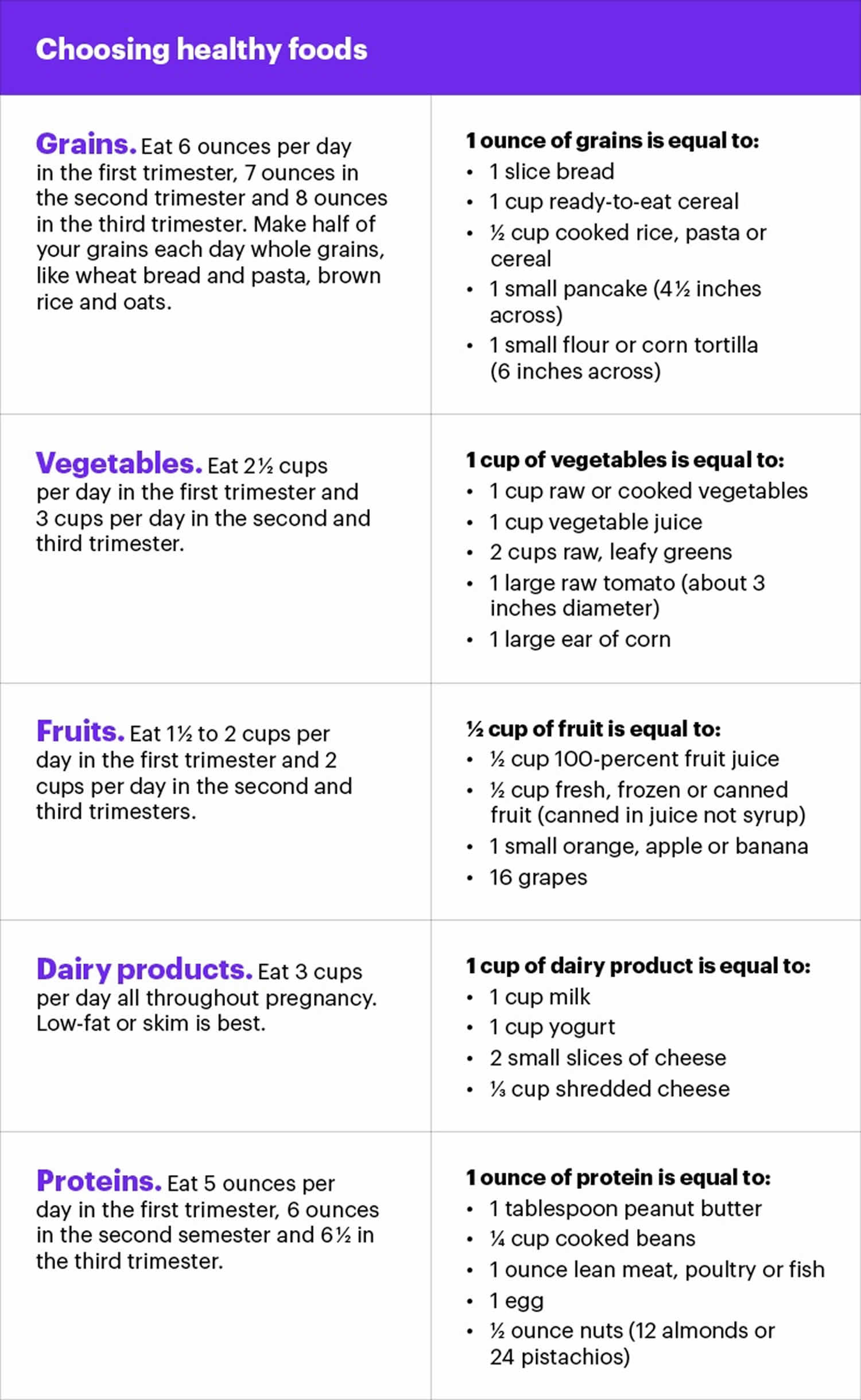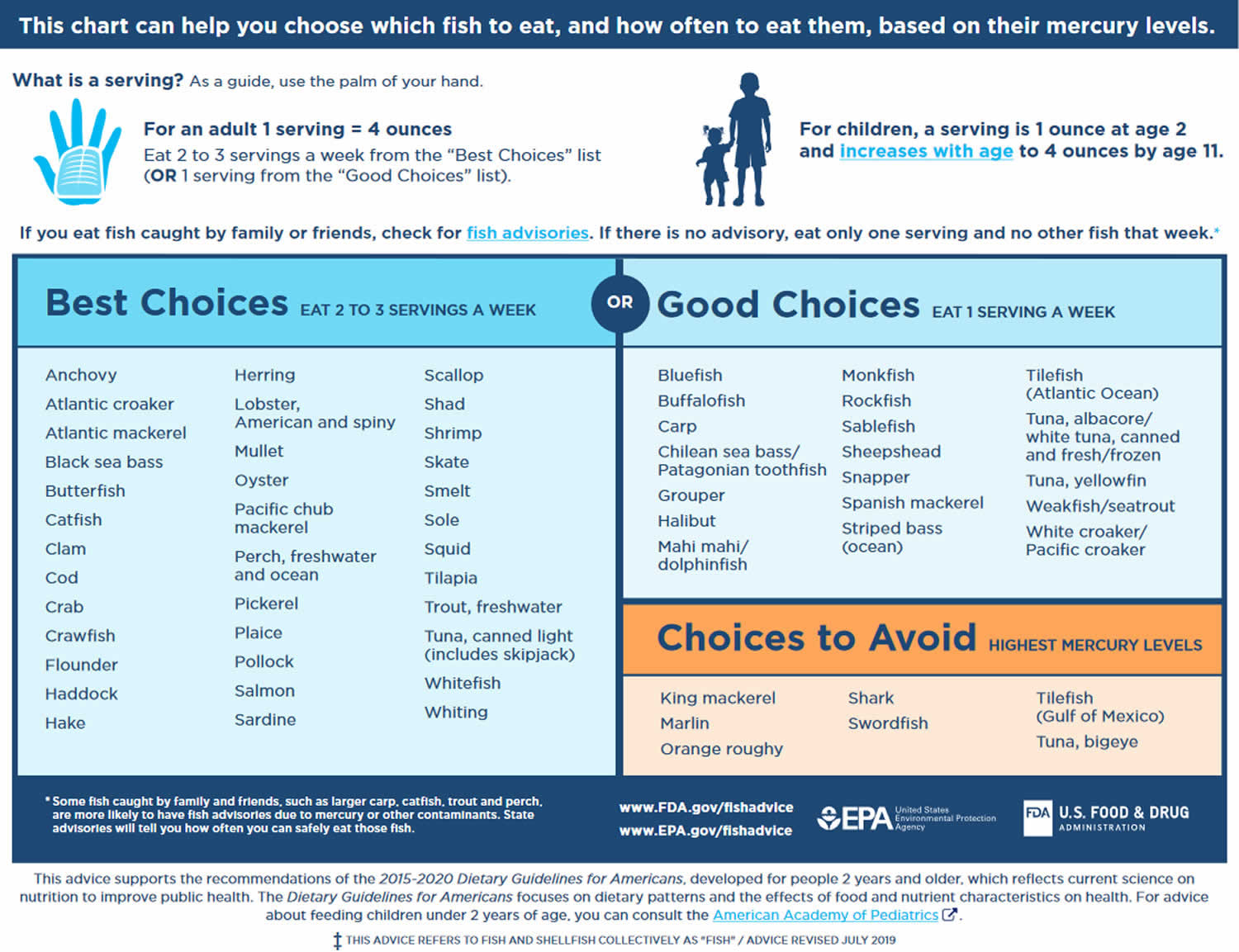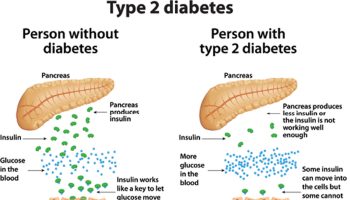Keto diet during pregnancy
Keto diet also known as ketogenic diet, is a high fat, low carbohydrate, adequate protein diet, which has been gaining support as a lifestyle diet for weight maintenance 1 and body-building purposes in healthy adults 2. The “classic” ketogenic diet is a special high-fat, low-carbohydrate diet that helps to control seizures in some people with epilepsy. The ketogenic diet has been used for many years to treat children whose seizures are not responding to several different seizure medicines; however it is not usually used as a first-option treatment. There are now different forms of the keto diet and some less restrictive forms have been taken up by adults with epilepsy. The typical “classic” ketogenic diet, called the “long-chain triglyceride diet,” provides 3 to 4 grams of fat for every 1 gram of carbohydrate and protein. Keto diet is prescribed by a physician and carefully monitored by a dietitian.
The keto diet is a safe treatment for epilepsy in children. There are some possible side effects with long-term use, though, including:
- Constipation
- Kidney stones
- Dehydration
- High cholesterol levels in the blood
- Slowed growth
- Weak bones
- Bone fractures
A person starting the ketogenic diet may feel sluggish for a few days after the diet is started. This can worsen if a child is sick at the same time as the diet is started. Make sure to encourage carbohydrate-free fluids during illnesses.
The increasing use of the keto diet or ketogenic diet particularly by women of child-bearing age, raises a question about its suitability during pregnancy. A keto diet during pregnancy results in alterations in embryonic organ growth. Such alterations may be associated with organ dysfunction and potentially behavioral changes in postnatal life 3. Prenatal and early postnatal exposure to a ketogenic diet also results in significant alterations to neonatal brain structure, and results in retarded physiological growth. These alterations could be accompanied by functional and behavioral changes in later postnatal life. Futhermore, keto diet while pregnant deleteriously affects maternal fertility and increases susceptibility to fatal ketoacidosis during lactation 4.
Studies on adult humans and rodents have shown that sparse carbohydrate and glucose availability initiates a process of ketogenesis that produces ketones, which all organs – including the brain – can use for energy 5. During pregnancy, since the embryo’s capability to carry out ketogenesis is very limited, it relies on ketone supply from maternal circulation. Ketone supply is modulated by the carriers Monocarboxylate Transporters 6. Studies using non-ketogenic gestational diets report that Monocarboxylate Transporter expression in the placenta decreases at the end of gestation 7, implying restricted ketone availability to the fetus. This observation seems contrary to other studies that reported an increase in ketone utilization enzymes within the brain during the second half of gestation 5. This increase in ketone utilization enzymes was speculated to facilitate lipid and myelin (white-matter) synthesis 8, implying greater availability would be favorable for the developing brain. A similar conclusion could be drawn from studies linking ketones and cerebral protein synthesis 9. Yet, while ketones may be important metabolic substrates, an excessive supply to fetal brain can also damage nucleotide bio-synthesis, impairing nucleic acid production and brain growth 10.
Not only can the keto diet lead to developmental delays in your baby but it can also cause nutritional deficiencies if done incorrectly, which can lead to serious problems for both pregnant women and their babies. Many people who follow the keto diet strictly don’t eat foods like fruits, nuts, beans, and many vegetables—sources of essential micronutrients necessary for the healthy development of your baby.
What is keto diet like?
The typical “classical” ketogenic diet, called the “long-chain triglyceride diet,” provides 3 to 4 grams of fat for every 1 gram of carbohydrate and protein. That is about 90% of calories from fat. Usually when the classic ketogenic diet is prescribed, the total calories are matched to the number of calories the person needs. For example, if a child is eating a 1500 calorie regular diet, it would be changed to a 1500 calorie ketogenic diet. For very young children only, the diet may be prescribed based on weight, for example 75 to 100 calories for each kilogram (2.2 pounds) of body weight. If it sounds complicated, it is! That’s why people need a dietician’s help when using this diet.
A ketogenic diet “ratio” is the ratio of fat to carbohydrate and protein grams combined.
- A 4:1 ratio is more strict than a 3:1 ratio and is typically used for most children.
- A 3:1 ratio is typically used for infants, adolescents, and children who require higher amounts of protein or carbohydrate for some other reason.
The kinds of foods that provide fat for the ketogenic diet are butter, heavy whipping cream, mayonnaise, and oils (e.g., canola or olive). Because the amount of carbohydrate and protein in the diet have to be restricted, it is very important to prepare meals carefully. No other sources of carbohydrates can be eaten.
The ketogenic diet is supervised by:
- a dietician who monitors the child’s nutrition and can teach parents and the child what can and cannot be eaten
- a neurologist who monitors medications and overall benefits.
Typically the keto diet is started in the hospital. The child traditionally begins by fasting (except for water) under close medical supervision for 18-24 hours. The diet is then started, either by slowly increasing the calories or the ratio. Most centers today do NOT start with a fasting period. The primary reason for admission in most centers is to monitor for any increase in seizures on the diet, ensure all medications are carbohydrate-free, and educate the families.
Is the keto diet safe while you’re pregnant?
No, pregnant women shouldn’t go keto diet.
Now that you know the keto diet might be off the table, what diet should you follow?
Healthy eating during pregnancy key points
- Healthy eating during pregnancy includes getting enough nutrients for you and your baby as well as knowing how much to eat.
- Eat food from different groups like grains, proteins, vegetables, fruits and dairy. Some foods from these groups are good sources for nutrients like folic acid, iron, calcium and Vitamin D, which are helpful for you and your baby.
- If you’re pregnant, thinking about getting pregnant or breastfeeding, eat 8 to 12 ounces each week of fish that are low in mercury.
- Talk to your health care provider about nutrients, eating a healthy amount of food and when you have any concerns about your diet
Healthy eating during pregnancy includes knowing how much to eat and what foods are healthy. It’s also finding a balance between getting enough nutrients for your baby’s growth and keeping a healthy weight for you and your baby’s health. Talk to your provider about how you can get the nutrients you need in your diet.
What nutrients do I need during pregnancy to keep my baby and me healthy?
During pregnancy, you can get a lot of nutrients from different sources or food groups such as grains, proteins, vegetables, fruits, and dairy. Other sources of nutrients are fats and vitamins and minerals.
Proteins help your body with muscle and tissue growth and also with your baby’s growth. Protein can be found in foods like:
- Beef, pork, fish and poultry
- Eggs
- Milk, cheese and other dairy foods
- Beans and peas
- Nuts and Seeds
- Soy products like tempeh and tofu
Carbohydrates are found in food like grains and they’re your body’s fuel to help you do your activities. . There are different types of carbohydrates. Foods can have a combination of all three types of carbohydrates.
Simple carbohydrates are broken down fast, spiking your blood sugar quickly. It’s best to limit foods high in simple carbohydrates like:
- Table sugar
- Certain breakfast cereals
- Sugary desserts
Complex carbohydrates give longer lasting energy and can be found in:
- Whole grain products, like bread, rice and pasta
- Beans
- Starchy vegetables like potatoes and corn
Fiber is also a type of complex carbohydrate and can be found in plant foods. Fiber can help with digestion. The following foods are good sources of fiber:
- Vegetables such as cabbage, spinach, kale
- Fruits like, berries, oranges, apples and peaches with the skin
- Legumes such as chickpeas, black beans, lentils
Certain amounts of fat are also important for your body. During pregnancy, the fats you eat are a source of energy and help with your baby’s organs and the placenta. However, be careful not to eat too much saturated fat (such as butter, heavy cream and meats with high content of fat) and trans fat (often found in margarine, microwave popcorn, cookies and pastries made with vegetable shortening) because those can cause problems for your health.
Other nutrients that you need during pregnancy to keep yourself and your baby healthy include:
- Folate or Folic acid. These can help prevent birth defects of the brain and spine in your baby, called neural tube defects. This can be found in enriched and fortified products (like bread, rice, cereals), leafy green vegetables, citrus fruits and beans and peas. Enriched and fortified means the nutrient was added to a food product.
- Calcium. This strengthens bone and teeth for your baby and also helps your body stay healthy during pregnancy. Good sources of calcium are dairy products, broccoli and kale. Fortified cereals or juices may also be a good source.
- Vitamin D. This is also helpful for building your baby’s bones and teeth. Good sources include fatty fish like salmon or fortified milk or orange juice.
- Iron. This helps your body create more blood to help make sure your baby gets enough oxygen. Good sources of iron are meat products and beans. Your body can absorb iron more easily if you also get enough Vitamin C. Vitamin C can be found in orange juice, citrus fruits and strawberries.
- Docosahexaenoic acid (DHA). This is a kind of fat call an omega-3 fatty acid. This is important for brain and eye development of your baby.
- Iodine. This is a mineral that helps with your baby’s brain and nerve growth.
How much should you eat each day during pregnancy?
Most pregnant women need only about 300 extra calories per day during the last 6 months of pregnancy. A glass of skim milk two small crackers and a tablespoon of peanut butter have approximately 300 calories. The exact amount depends on your weight before pregnancy. If you’re underweight before pregnancy, you may need more calories. If you’re overweight before, you may need less. Talk to your doctor about what’s right for you.
Use this sample menu to plan healthy meals.
Knowing how big each of these serving sizes is can be tricky. Here are some everyday items that can help:
- 1 cup is about the size of a baseball.
- 1/3 cup is about as much as you can fit in your hand (a rounded or full handful).
- ½ cup is about the size of a tennis ball.
- ¼ cup is about the size of a golf ball.
- 1 tablespoon is about the size of ½ a ping pong ball.
- 1 ounce of meat (chicken, pork, beef, fish, etc.) is about the size of two thumbs.
- 3 ounces of meat is about the size of a deck of cards or the palm of your hand.
- A small fruit (orange or apple) is about the size of a tennis ball.
Go to MyPlate.gov website (https://www.myplate.gov) to learn more about how to make healthy food choices during pregnancy. MyPlate shows the amounts and foods that you may want to eat at every trimester during your pregnancy. They break down food into five groups:
- Grains. These include bread, pasta, oatmeal, cereal and tortillas.
- Fruits. These can be fresh, frozen, canned or dried
- Vegetables. These can be raw, cooked, frozen, canned, dried or 100% vegetable juice.
- Dairy. These include milk and products made from milk like cheese, yogurt and ice cream. While pregnant, make sure you eat pasteurized dairy foods (this means it has gone through a heating process that makes it safer to eat) and try to choose fat-free or low-fat types.
- Protein Foods. These include meat, poultry, seafood, beans, peas, eggs, tofu, nuts and seeds.
Follow these MyPlate guidelines:
- Make 1/2 of your plate fruits and vegetables.
- Drink skim milk or 1% milk.
- Make 1/4 of your plate grains. When you eat grains, try to use whole grains ½ of the time.
- Make 1/4 of your plate protein. Use different sources of protein such as low mercury fish 2 or 3 times a week. See more information about fish in the section below. Choose lean meats and poultry.
- Aim at eating less “empty” calories. This means the food has a lot of calories but not a lot of nutrients such as candy, chips, or sugary drinks.
Other ways to eat healthy and make sure you’re getting enough nutrients are:
- Eat snacks that have good amounts of nutrients such as fruit, cereal and yogurt. Choose snacks that are low in fat and sugar.
- You may find it easier to eat six smaller meals throughout the day. This can also be helpful later in pregnancy to avoid indigestion.
- Drink six to eight glasses of water each day.
- Take your prenatal vitamin every day. This is a multivitamin made just for pregnant women and can help you make sure you get enough folic acid and iron.
- Make sure your whole meal fits on one plate. Don’t make huge portions.
Is it okay to eat fish when you’re pregnant?
Yes, as long as you eat the right kinds! Most fish are low in fat and high in protein and other nutrients your body needs like omega-3 fatty acids. Omega-3 fatty acids are important for brain development.
Some fish have mercury, a metal that can harm your baby. When you’re pregnant, it’s OK to eat fish as long as it’s low in mercury. And be careful to limit the amount. If you’re pregnant, thinking about getting pregnant or breastfeeding, eat 8 to 12 ounces each week of fish that are low in mercury like:
- Shrimp
- Salmon
- Sardines
- Catfish
- Canned light tuna
- Albacore (white) tuna — Don’t have more than 6 ounces of this tuna in 1 week.
Figure 1. Pregnancy and fish diet
How can I eat healthy if I am a vegetarian?
If you’re a vegetarian and pregnant, it’s possible to get the nutrients you need. Talk to your provider about how to get the nutrients you and your baby need during pregnancy. Some helpful tips are:
- Make sure you get enough protein from sources like soy milk, tofu and beans. If you’re on a diet that allows for animal products, you can also eat eggs, milk and cheese.
- Eat lots of foods that have good amounts of iron such as vegetables and legumes like spinach, white beans, kidney beans and chickpeas.
- For calcium if you cannot have dairy foods, eat dark leafy greens, calcium-enriched tofu and other products enriched with calcium such as soy milk, rice milk or orange juice.
- Some cereals and milk may also be fortified with vitamin B12.
What if I have other concerns about my diet?
Some women may be lactose intolerant, they can’t fully digest lactose in dairy products. Others are unable to eat things like gluten (found in wheat, barley and rye) due to Celiac disease. Your doctor can help you plan your diet or advise you take certain supplements. Other helpful tips for healthy eating are:
- For lactose intolerant women, calcium can be found in other foods like seeds, nuts and soy. There are also lactose-free milks, cheeses and other dairy products.
- For women with Celiac disease, many gluten-free options can be found in grocery stores and include a variety of fruits, vegetables, meats potatoes, poultry and beans.
- Foster GD, Wyatt HR, Hill JO, Markis AP, Rosenbaum DL, Brill C, Stein RI, Mohammed BS, Miller B, Rader DJ, Zamel B, Wadden TA, Tenhave T, Newcomb CW, Klein S. Weight and metabolic outcomes after 2 years on a low-carbohydrate versus low-fat diet: a randomized trial. Ann Intern Med. 2010;153(3):147–157. doi: 10.7326/0003-4819-153-3-201008030-00005
- McDonald L. The Ketogenic Diet: A Complete Guide for the Dieter and Practitioner. Lyle: McDonald; 1998.
- Sussman D, van Eede M, Wong MD, Adamson SL, Henkelman M. Effects of a ketogenic diet during pregnancy on embryonic growth in the mouse. BMC Pregnancy Childbirth. 2013;13:109. Published 2013 May 8. doi:10.1186/1471-2393-13-109 https://www.ncbi.nlm.nih.gov/pmc/articles/PMC3685567
- Sussman D, Ellegood J, Henkelman M. A gestational ketogenic diet alters maternal metabolic status as well as offspring physiological growth and brain structure in the neonatal mouse. BMC Pregnancy Childbirth. 2013;13:198. Published 2013 Oct 29. doi:10.1186/1471-2393-13-198 https://www.ncbi.nlm.nih.gov/pmc/articles/PMC4231349
- Robinson AM, Williamson DH. Physiological roles of ketone bodies as substrates and signals in mammalian tissues. Physiol Rev. 1980;60(1):143–187.
- Halestrap AP, Wilson MC. The monocarboxylate transporter family–role and regulation. IUBMB Life. 2012;64(2):109–119. doi: 10.1002/iub.572
- Nagai A, Takebe K, Nio-Kobayashi J, Takahashi-Iwanaga H, Iwanaga T. Cellular expression of the monocarboxylate transporter (MCT) family in the placenta of mice. Placenta. 2010;31(2):126–133. doi: 10.1016/j.placenta.2009.11.013
- Patel MS, Srinivasan M, Aalinkeel R. Metabolic programming by nutrition during early development. Indian J Exp Biol. 2000;38(9):849–855.
- Rudolf MC, Sherwin RS. Maternal ketosis and its effects on the fetus. Clin Endocrinol Metab. 1983;12(2):413–428. doi: 10.1016/S0300-595X(83)80049-8
- Jones CT, Rolph TP. Metabolism during fetal life: a functional assessment of metabolic development. Physiol Rev. 1985;65(2):357–430.







